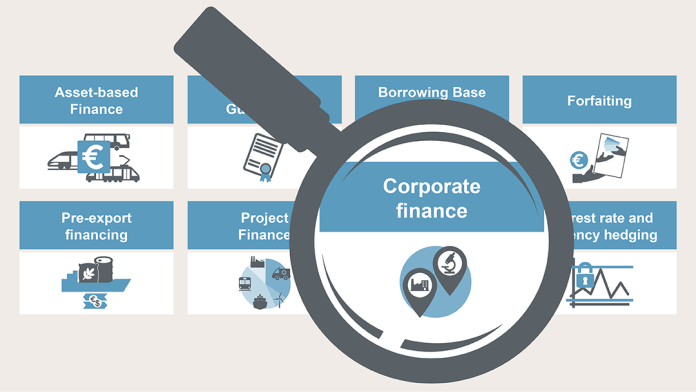Introduction: Traditional finance theory assumes that investors are rational beings who make logical and well-informed decisions. However, real-world observations often contradict this assumption, revealing that human behavior is prone to biases, emotions, and cognitive errors. Behavioral finance emerged as a field that explores the psychological factors influencing investor decisions and their impact on financial markets. This article delves into the realm of behavioral finance, unraveling the complexities of investor behavior, biases, and the implications for investment strategies.
Section 1: Behavioral Finance Foundations 1.1 Defining Behavioral Finance
- Explanation of behavioral finance as the study of psychological influences on financial decisions.
- How it challenges traditional finance assumptions.
1.2 The Role of Emotions
- Exploration of emotions such as fear, greed, and overconfidence in investment choices.
- The impact of emotional reactions on investment performance.
Section 2: Common Behavioral Biases 2.1 Loss Aversion
- Definition of loss aversion and its tendency to drive risk-averse behavior.
- How investors often overreact to losses compared to gains.
2.2 Confirmation Bias
- Explanation of confirmation bias: seeking information that confirms preexisting beliefs.
- The role of confirmation bias in selective information processing.
2.3 Herd Mentality
- The phenomenon of following the crowd and making decisions based on the actions of others.
- How herd behavior can lead to market bubbles and crashes.
2.4 Anchoring and Overconfidence
- Exploration of anchoring bias: relying too heavily on initial information.
- The dangers of overestimating one’s abilities and knowledge.
Section 3: Prospect Theory and Framing 3.1 Prospect Theory
- Introduction to prospect theory: how people perceive gains and losses.
- The concept of “losses loom larger than gains” and its implications.
3.2 Framing Effects
- How the way information is presented (framed) can influence decision-making.
- The impact of framing on risk perception and investment choices.
Section 4: Decision-Making Under Uncertainty 4.1 Availability Heuristic
- Explanation of the availability heuristic: making decisions based on easily accessible information.
- How this bias can lead to inaccurate risk assessments.
4.2 Overcoming Uncertainty
- Strategies for managing uncertainty and making informed investment decisions.
- The role of education, diversification, and long-term planning.
Section 5: Behavioral Finance and Investment Strategies 5.1 Value and Momentum Investing
- How behavioral biases can lead to mispriced assets, creating opportunities for value investors.
- Exploring momentum investing and the impact of investor herding.
5.2 Contrarian Strategies
- Introduction to contrarian investing: going against the crowd.
- How contrarian strategies capitalize on market overreactions.
Section 6: Behavioral Finance in Practice 6.1 Financial Advisor Role
- The importance of financial advisors in guiding investors through behavioral biases.
- How advisors can provide perspective and promote rational decision-making.
6.2 Investor Education
- The value of educating investors about behavioral biases and their impact.
- Empowering individuals to make more informed and rational financial choices.
Conclusion: Behavioral finance sheds light on the intricate dance between human psychology and financial decision-making. By recognizing and understanding the biases and emotions that influence investor behavior, individuals can enhance their ability to navigate financial markets with greater awareness and resilience. Behavioral finance serves as a reminder that successful investing requires not only financial knowledge but also self-awareness and a willingness to overcome cognitive pitfalls. Armed with insights from this field, investors can approach their financial journeys with a more nuanced understanding of their own behaviors and biases, ultimately making more informed and effective investment decisions.



